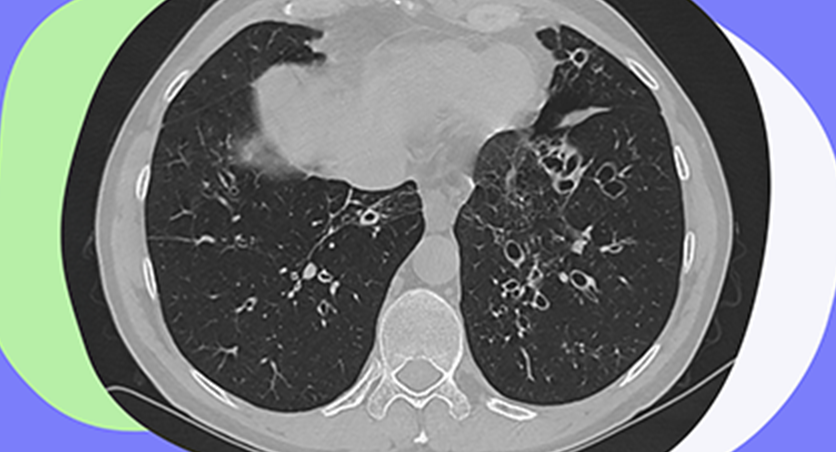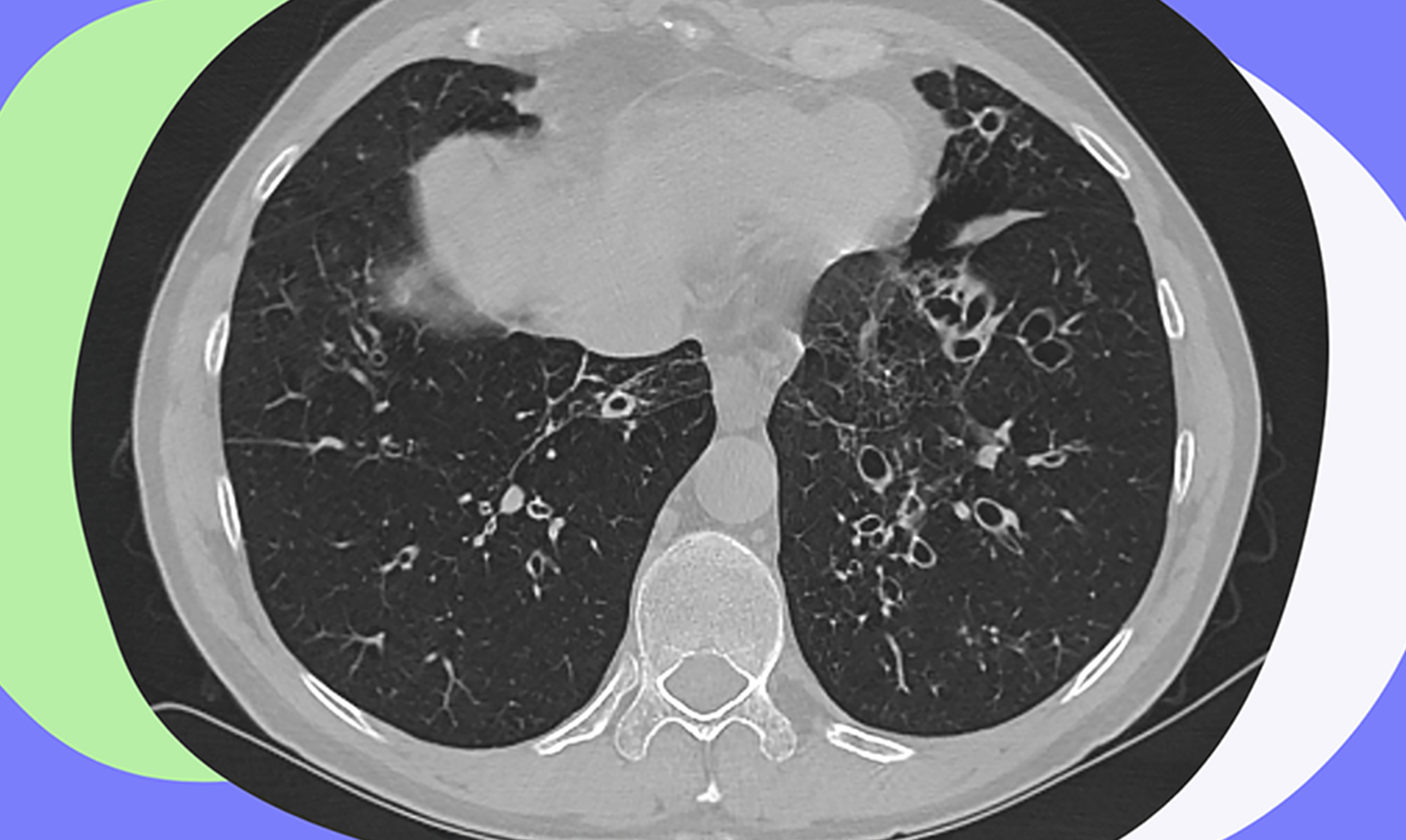
What is bronchiectasis?

Bronchiectasis (brong-kee-ek-tuh-suhs), or BE, is a chronic inflammatory lung disease
Bronchiectasis flares and what they can mean for your health
Bronchiectasis has many causes
Suffering from unresolved symptoms? It could be bronchiectasis
An interconnected cycle contributes to the development of bronchiectasis

Ask about BRINSUPRI
Make the most out of your next doctor’s appointment
Find resources